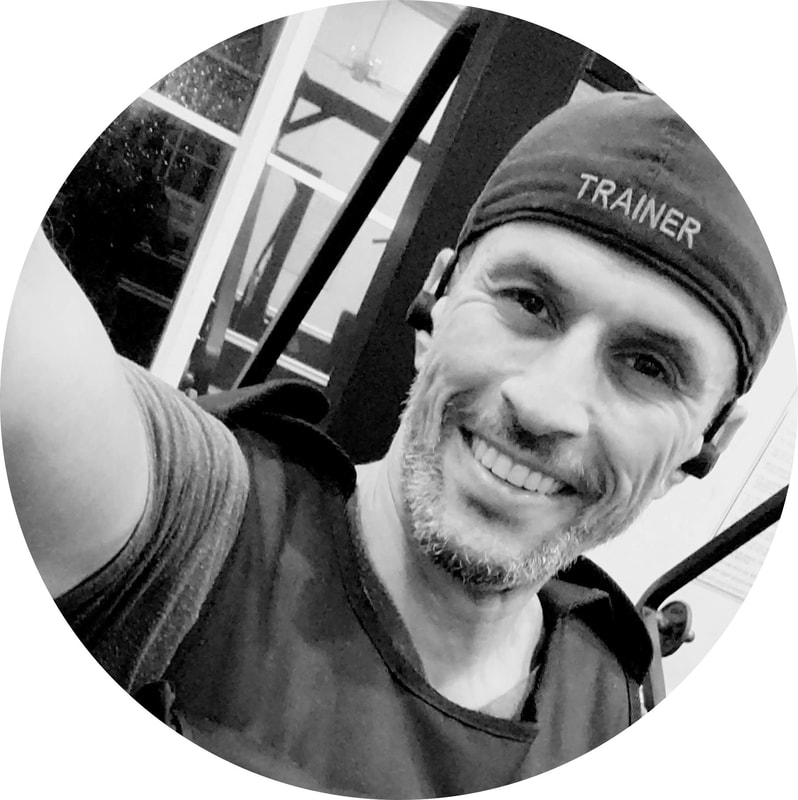|
Today I wanted to take some time and talk about a topic that is often misunderstood, or sometimes completely ignored. As the title says, skipping the gym and taking a break from working out, is actually an important factor for the overall success of any training program. Rest and recovery not only can help your body rebuild and get stronger, but it also can insure that your body continues reaping the benefits of active lifestyle (like losing weight, feeling more energized, getting stronger, etc.) for long time to come.
So, what is Rest and Recovery and how can you maximize the benefits from them? Rest and Recover are actually two different terms. Rest is the most commonly implemented one. It is when you stop a work out, sleep, relax, or perform an exercise at a much slower rate. Rest can be short term like taking a day off in between lifting days or long-term as in taking multiple days, or even weeks off. The type of Rest can further be divided into two categories: Active Rest: is when you perform an exercise at a much lower intensity. For example: cycling at higher speed of 25 mph then lowering the intensity to 12 mph, or if you exercise at a maximum heart rate (MHR) intensity of 85% then lowering it down to 60% MHR. Passive Rest: is when you stop the activity all together. This could be stretching, focusing on deeper breathing techniques (like meditation), or simply just stopping the activity. Sleeping is also considered passive rest. Recovery is the process where the body starts to work on rebuilding the muscles and repairing itself. There are several components to the recovery process. Recovery is an extensive topic and differs greatly based on the type, length, and intensity of the training program. Recovery for an average gym user can be significantly different from that of Professional athletes. The recovery in this article focuses on most gym users and highlights important areas that can be applied easily. These areas are sleep, hydration, stretching and nutrition. Sleep is essential for the recovery of your body. The body starts to work on rebuilding muscles, reduces inflammation, lowers stress, boosts energy, sharpens memory, improves mood and helps keep weight at a healthy level. Studies have shown that dieters who were well rested lost more fat than those who were sleep deprived.(1) According to the National Sleep Foundation, the following techniques can help improve your sleep quality:
Check out their website for more recommendations to improve your sleep. Hydration: drinking an adequate amount of water is essential to replenishing fluids lost during exercise and afterwards. The popular “Drink eight 8-ounce glasses of water a day” recommendation is an easy one to remember. However, a simplified approach that may not fit everyone’s unique hydration needs. I prefer to use the body’s own hydration indicator: pee color. If it is clear to a light yellow then you are hydrating well. The darker urine color the more dehydrated you probably are and the more you need to replenish water. Finally, you can also get sufficient hydration by drinking water and other fluids, just be aware of sugary drinks (like soda) as they may pack unnecessary extra calories and provide no significant nutritional value. Stretching: is the motion where a specific muscle group is extended or stretched in order to improve the muscle’s flexibility and range of motion. There are different kinds of stretching; static, dynamic and proprioceptive neuromuscular facilitation (PNF). Static and Dynamic stretching are most widely used. Static stretching means holding the muscle stretch in a challenging but safe position. Once static stretching is applied, motion is limited. Dynamic stretching involves controlled motions of the arms and legs through the range of motions. Finally, PNF is an advanced rehabilitation technique that involves stretching and isometric contractions. The recommendations below are for the most popular form: Static Stretching:
Nutrition: is as important during rest days as it is important during training days. My advice is to stay on track with your healthy nutrition plan even if you take a break from the gym. If you just finished the 12-week Total Transformation Challenge, then continue following all the steps outlined in your TTC Nutrition Guide. Although taking a break from the gym might give the wrong impression of taking a break from your healthy eating habits. That mistake can quickly reduce the benefits and results you worked so hard to achieve. Just remember “Rest Days” do not mean “Cheat Days”. Feel free to indulge in moderation. Keep in mind that junk food is often loaded with calories from saturated fat and sugar. Too much of those calories and your body will start storing them again as fat. If you work hard, then a break is a healthy reward that your body and mind will come to appreciate and enjoy. Use the above recommendations and now you can come back to the gym refreshed, stronger, and ready to take on your next challenge! Happy Healthy Transformation! Your Trainer Rami (1) 2010 University of Chicago General Clinical Resource Center
0 Comments
Your comment will be posted after it is approved.
Leave a Reply. |
�
Topics
All
Guest ContributorsBuy Me Coffee |



 RSS Feed
RSS Feed

